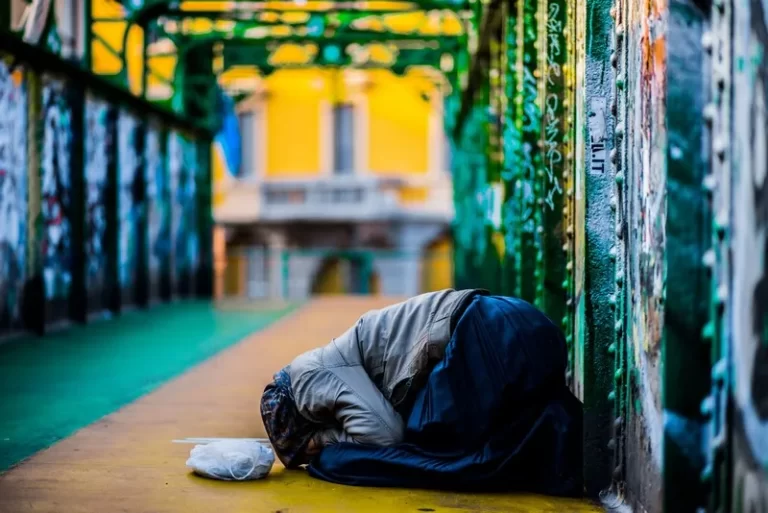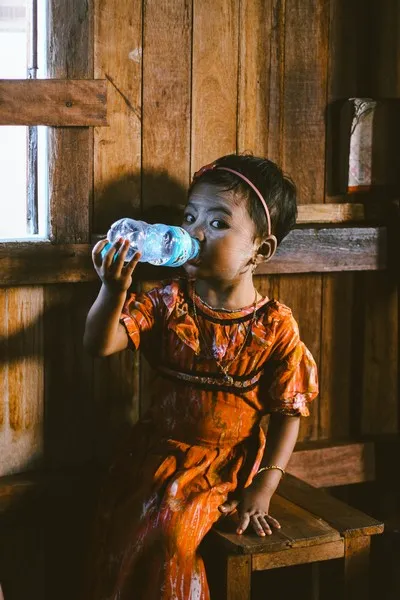Table of Contents
- The Sociological Definition of Stereotypes
- The Functions of Stereotypes
- The Role of Media in Stereotype Formation
- The Consequences of Stereotypes
- Stereotypes and Intersectionality
- Reducing Stereotypes: Sociological Approaches
- Conclusion
Stereotypes are simplified, generalized beliefs about groups of people based on their membership in particular categories. These categories can relate to race, gender, ethnicity, nationality, religion, or any other social group. While often inaccurate, stereotypes play a significant role in shaping perceptions and interactions in society. In this article, we will explore the sociological understanding of stereotypes, examining how they are formed, their effects on individuals and society, and how they can perpetuate inequality.
The Sociological Definition of Stereotypes
Sociologists define stereotypes as overgeneralized ideas about groups of people, typically rooted in cultural understandings and often resistant to change, even in the face of contradictory evidence. Stereotypes are both cognitive and social constructs, meaning they exist in the minds of individuals but are also reinforced by social structures and institutions.
How Stereotypes are Formed
The formation of stereotypes is closely linked to the process of social categorization. Humans naturally categorize the world to make sense of the vast amount of information they encounter. When applied to people, this categorization often results in simplifications that ignore the complexity and individuality of members within a group. This tendency to group individuals based on observable traits (e.g., skin color, language, clothing) leads to the creation of stereotypes.
Moreover, stereotypes can be learned from various sources including family, education, the media, and personal experiences. Once learned, stereotypes can be internalized and used to shape expectations and judgments about people. These generalized beliefs can persist across generations, becoming entrenched in a society’s worldview.
The Functions of Stereotypes
While often criticized, stereotypes serve certain functions in society. One key function is cognitive simplification. In a world filled with complexity and diversity, stereotypes offer a way to quickly categorize and assess people, making social interactions more predictable. However, this simplification comes at the cost of accuracy, as stereotypes often do not account for individual variation.
Another function of stereotypes is social identity reinforcement. People may use stereotypes to create a sense of belonging within their own group, contrasting themselves with other groups. This process of defining “us” versus “them” is central to social identity theory, where individuals derive their self-concept from their membership in social groups. In this way, stereotypes can strengthen group cohesion but also foster prejudice against out-groups.
Stereotypes and Prejudice
Stereotypes are closely related to prejudice, which involves holding negative attitudes toward individuals based on their group membership. While stereotypes are generalized beliefs, prejudice reflects an emotional and evaluative component. Prejudice is often fueled by stereotypes, as negative generalizations about a group can lead to feelings of dislike, fear, or hostility. In turn, these feelings can justify discriminatory behaviors, reinforcing social inequalities.
Prejudicial attitudes can have far-reaching effects. In sociology, the link between stereotypes, prejudice, and discrimination is often explored through the concept of systemic inequality. When negative stereotypes about a particular group become widespread, they can lead to institutionalized forms of discrimination, where individuals face barriers in employment, education, and other areas of life based on their perceived group membership.
The Role of Media in Stereotype Formation
Get the full article AD FREE. Join now for full access to all premium articles.
View Plans & Subscribe Already a member? Log in.






